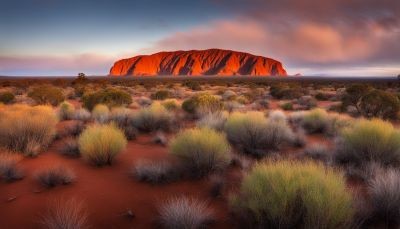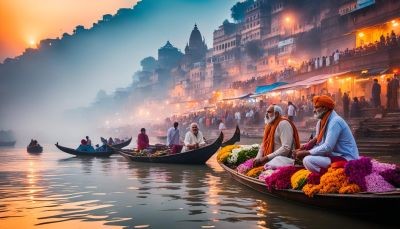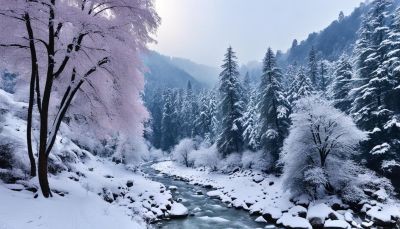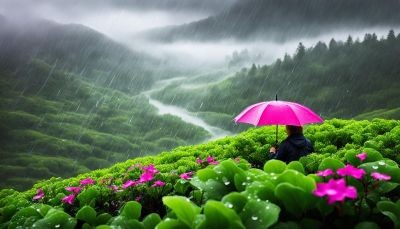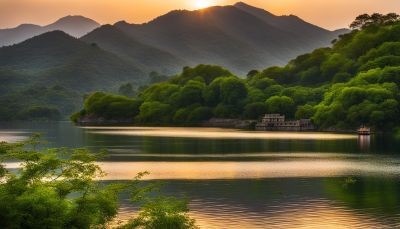Are you planning when to visit Uluru, Australia's stunning stone? The Northern Territory has different weather at different times. This means you can pick the right time for you to see Uluru and the Red Centre.
The Northern Territory is split into two parts. The Red Centre is in the middle, and the Top End is in the north near the sea. For the Red Centre, the best times are fall (March to May) and spring (September to November). These times bring nice weather and fewer people. Days are warm and sunny, great for outdoor exploring. Nights are cool under a clear sky. The Top End is best when it's cooler and less rainy. This happens in the dry season from May to July. Aim for May or early June to miss the most visitors. To see both areas, aim for a visit from May to October. This period has lower humidity and less flood risk, making it ideal to explore the whole Northern Territory.
Key Takeaways
- The best time to visit Uluru is during the transition seasons of fall and spring, when the weather is pleasant and crowds are low.
- The Top End is most accessible during the dry season from May to July, with fewer crowds in May and June.
- Visiting the Northern Territory from May to October offers the best overall conditions, including lower humidity and reduced risk of flooding.
- The Red Centre and Top End have distinct climates, so plan your trip accordingly to experience the ideal weather for your preferences.
- Be prepared for extreme temperatures and weather conditions no matter when you visit the Northern Territory.
Want to know the secret to the best weather and fewest people at Uluru and the Northern Territory? Keep reading to find the perfect months for your adventure.
